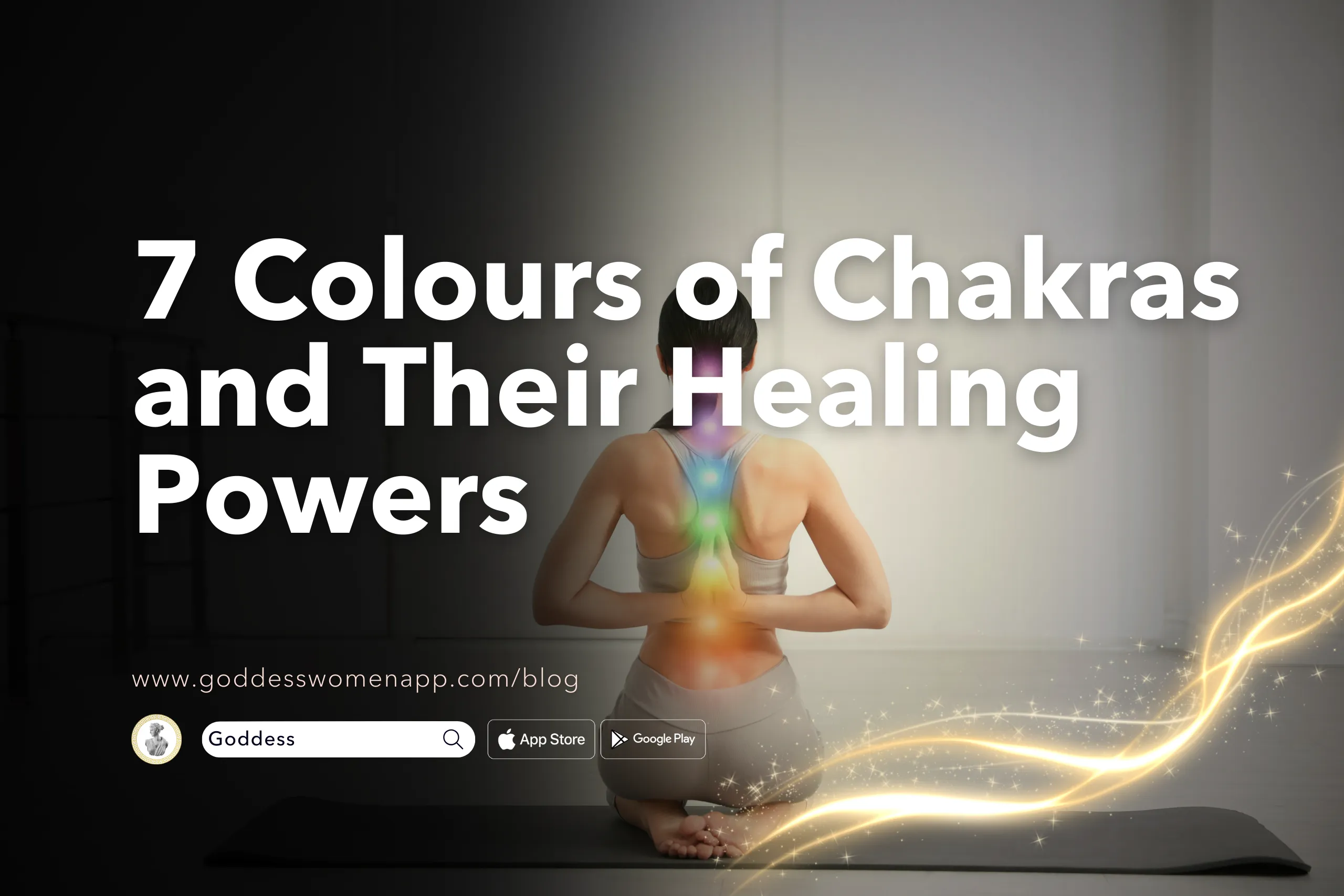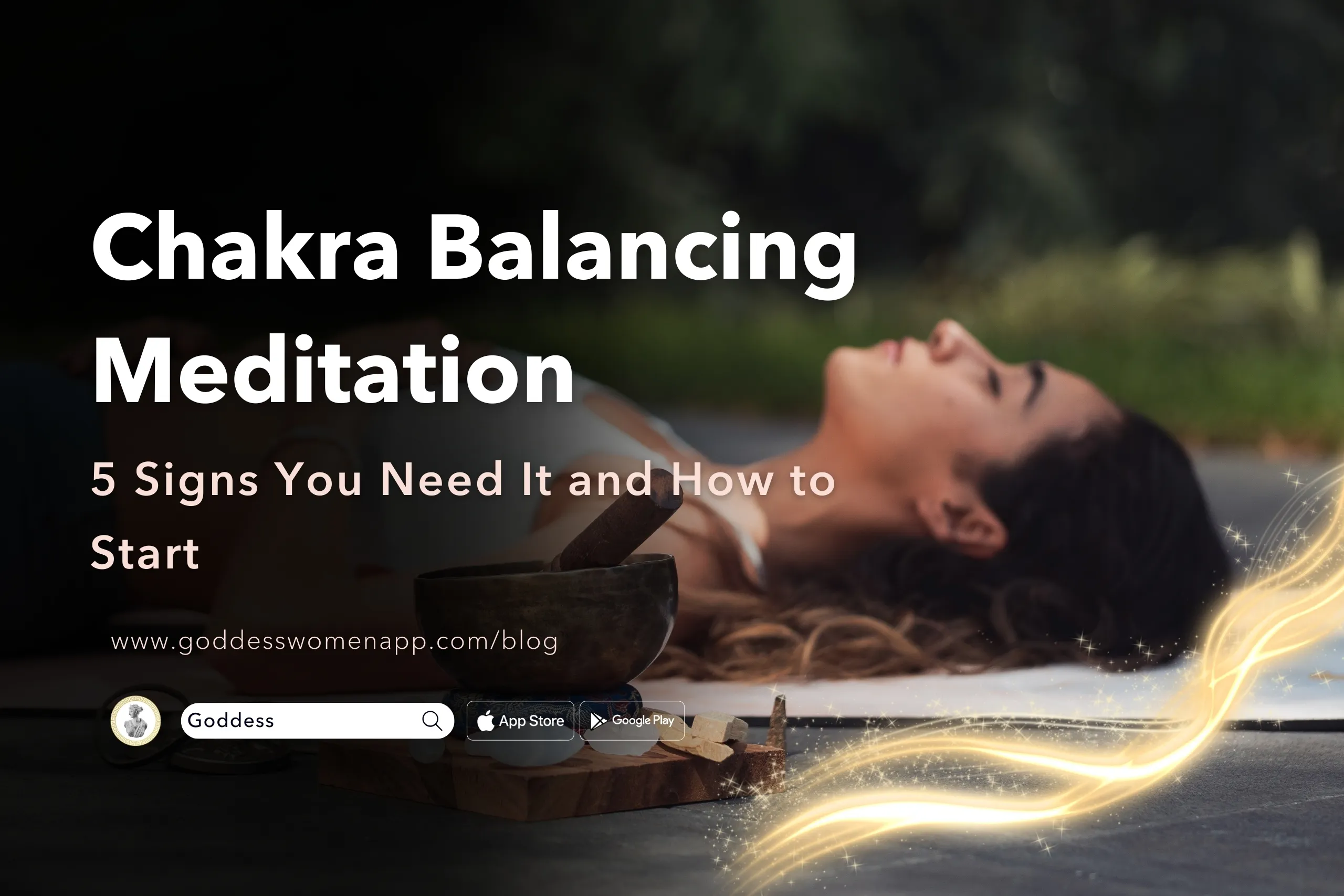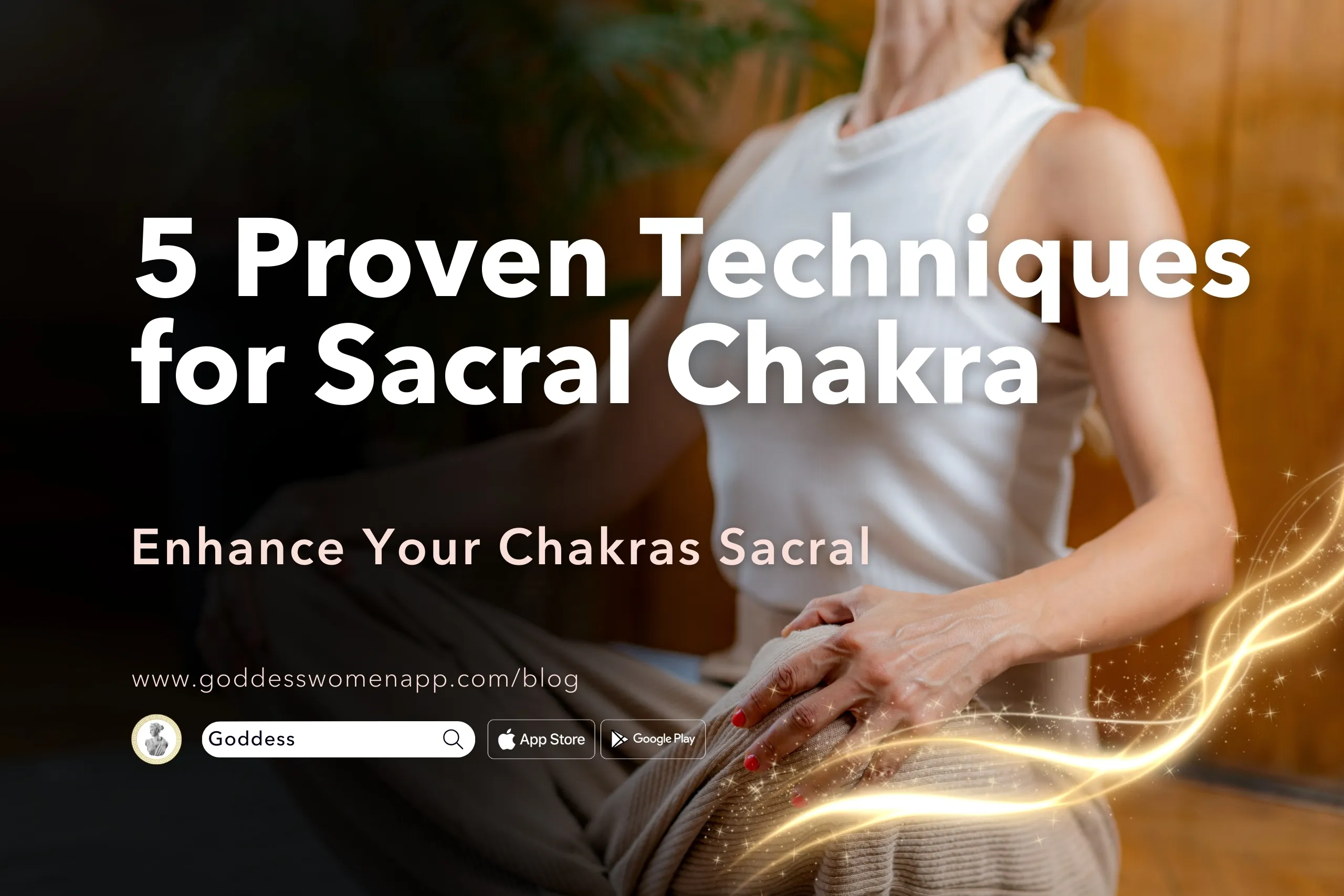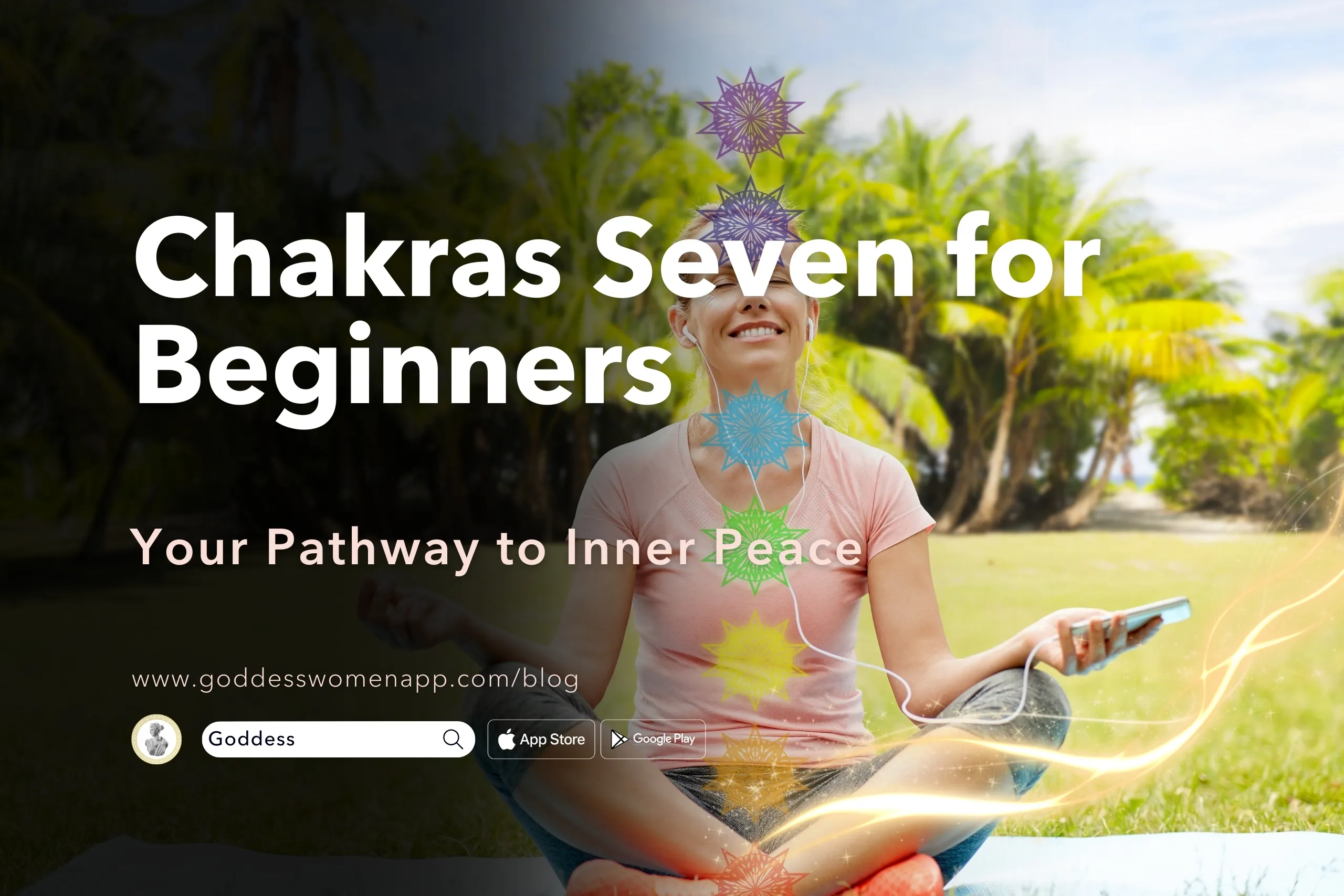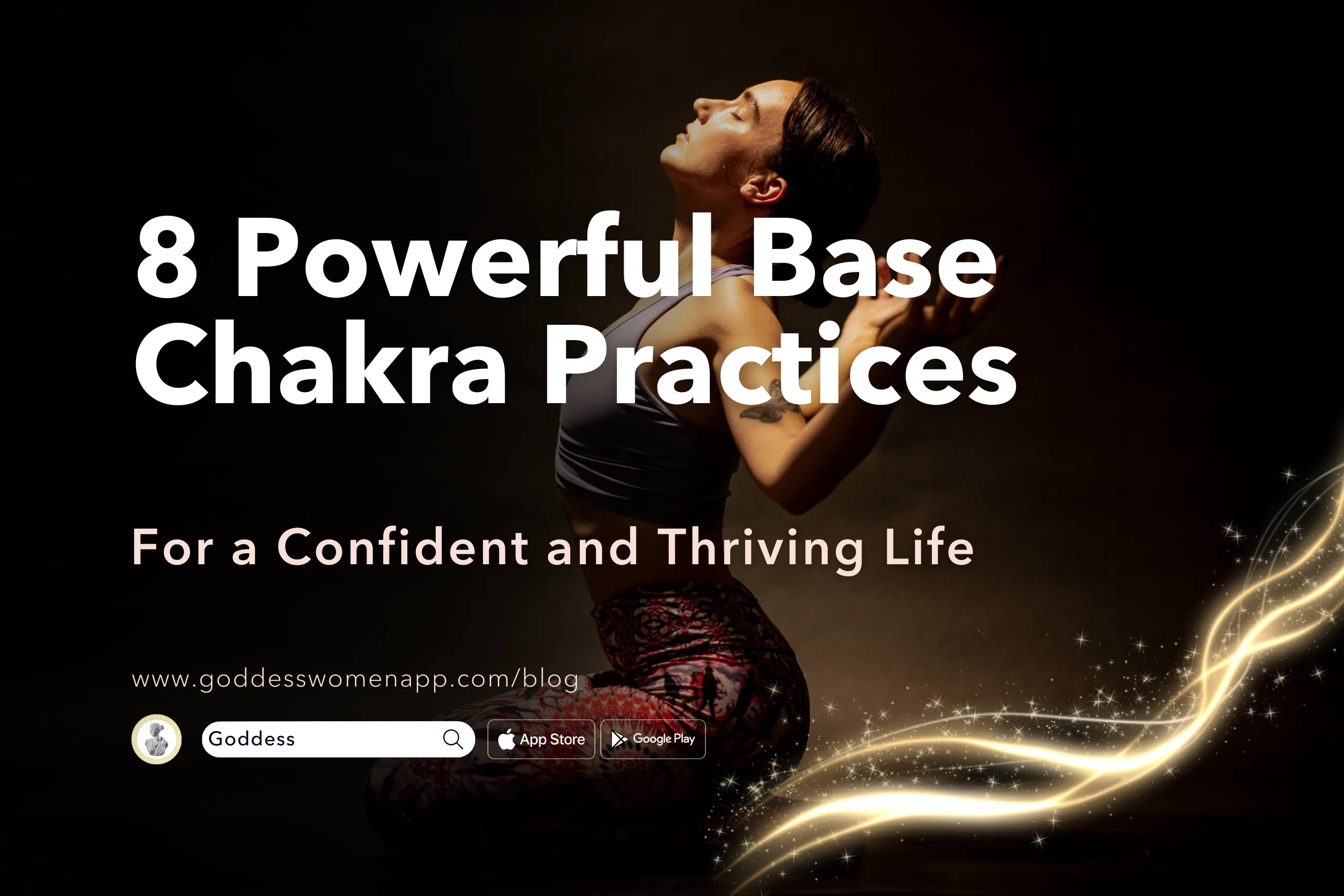Understanding the colours of chakras can unlock profound insights into your physical, emotional, and spiritual well-being. The chakra system, originating from ancient traditions, includes seven main chakras, each associated with specific colours and energy centers. These chakras, from the root chakra at the base of the spine to the crown chakra at the top of the head, influence various aspects of our health and life energy. By exploring the colours of chakras, you can learn to balance your energy centers and enhance your overall well-being.
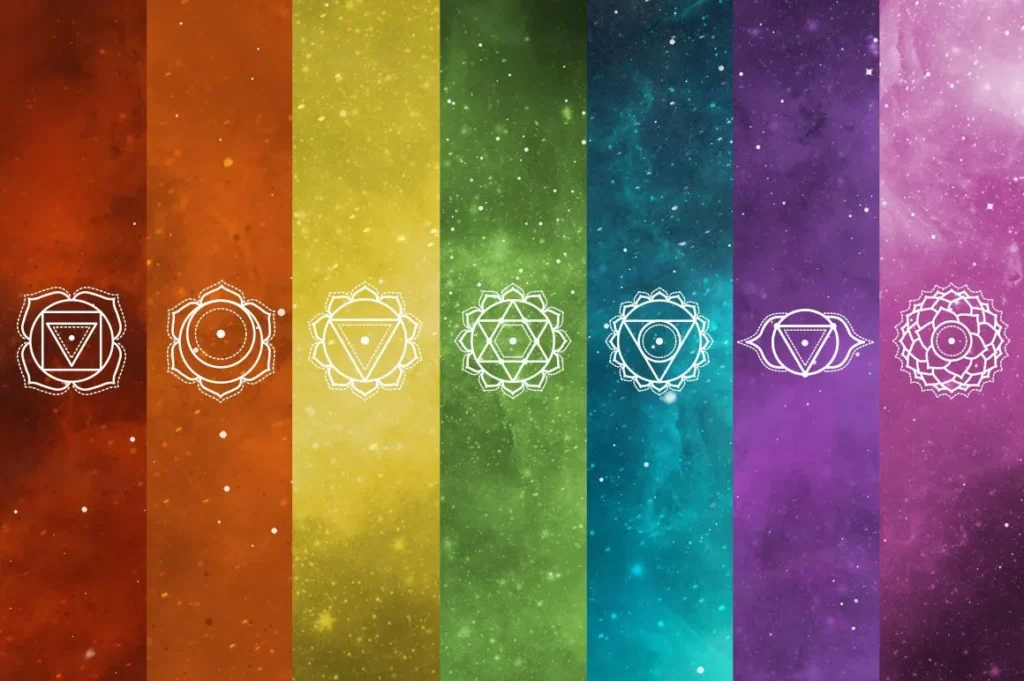
What Are Chakras?
Chakras are part of an ancient energy system that describes seven main energy centers within the human body. These energy centers, known as chakras, each relate to specific physical, emotional, and spiritual functions.
- The root chakra (Muladhara) is located at the base of the spine and is associated with grounding and stability.
- The sacral chakra (Svadhisthana) governs creativity and sexual energy, while the solar plexus chakra (Manipura) is linked to personal power and self-esteem.
- The heart chakra (Anahata) embodies love and compassion, and the throat chakra (Vishuddha) is the center of communication.
- The third eye chakra (Ajna) or eye chakra is associated with intuition and insight, and the crown chakra (Sahasrara), located at the crown of the head, connects us to divine energy and pure consciousness.
The seven chakras influence our physical health, mental health, and overall well-being. When these chakras are balanced, they allow for the free flow of energy, promoting harmony within the energetic body. However, when chakras are blocked, such as a blocked root chakra or a blocked throat chakra, it can lead to physical and emotional disturbances.
Practices like chakra meditation, yoga poses, and breathing exercises can help unblock chakras and restore balance. The colours of chakras play a significant role in these practices, as each colour reflects the unique energy and function of a specific chakra.
Understanding the colours of chakras and how they relate to the chakra system can lead to greater self-knowledge and personal growth.
The root chakra is associated with the colour red, representing the earth element and grounding energy. The sacral chakra is linked to the colour orange, symbolizing creativity and sexual energy. The solar plexus chakra is represented by yellow, indicating personal power and self-confidence.
The heart chakra is green, reflecting love and compassion, while the throat chakra is blue, representing communication and truth. The third eye chakra is indigo, symbolizing intuition and psychic energy, and the crown chakra is violet or white, representing spiritual liberation and connection to the divine.
By understanding and working with the colours of chakras, you can enhance your physical, emotional, and spiritual health, leading to a more balanced and fulfilling life.

1. The Root Chakra (Muladhara)
The root chakra, or Muladhara chakra, is the first of the seven main chakras in the ancient energy system. Located at the base of the spine, the root chakra is associated with the colour red, symbolizing grounding and stability. This energy center is vital for our sense of security and survival, influencing the physical body and our connection to the earth element. When the root chakra is balanced, it promotes physical well-being, emotional health, and overall well-being. However, a blocked root chakra can lead to issues like anxiety, fear, and physical ailments.
The root chakra relates to our basic needs and is the foundation upon which the other chakras form. Balancing the root chakra involves grounding practices, such as chakra meditation, breathing exercises, and specific yoga poses. These practices help to unblock the root chakra, allowing for a healthy energy flow throughout the chakra system. A balanced root chakra supports the function of the upper chakras, including the sacral chakra, solar plexus chakra, heart chakra, throat chakra, third eye chakra, and crown chakra.

2. The Sacral Chakra (Svadhisthana)
The sacral chakra, or Svadhisthana chakra, is the second of the seven chakras, located in the lower abdomen. Associated with the colour orange, the sacral chakra governs creativity, sexual energy, and emotional expression. This energy center is crucial for our relationships, pleasure, and emotional health. When the sacral chakra is balanced, it enhances creativity, joy, and sexual well-being. However, a blocked sacral chakra can lead to issues like low libido, emotional instability, and creative blocks.
Balancing the sacral chakra involves engaging in creative activities, exploring sensuality, and practicing chakra meditation. Breathing exercises and yoga poses that target the hips and lower abdomen can also help unblock the sacral chakra. By maintaining a balanced sacral chakra, we support the flow of life energy and subtle energy throughout the chakra system, enhancing our overall well-being and the health of the upper chakras.

3. The Solar Plexus Chakra (Manipura)
The solar plexus chakra, or Manipura chakra, is the third of the seven main chakras, located in the upper abdomen. Associated with the colour yellow, the solar plexus chakra represents personal power, self-confidence, and self-esteem. This energy center is vital for our sense of identity and personal autonomy. When the solar plexus chakra is balanced, it promotes a strong sense of self-worth and personal empowerment. However, a blocked solar plexus chakra can lead to issues like low self-esteem, lack of direction, and digestive problems.
Balancing the solar plexus chakra involves practices that enhance self-confidence and personal power, such as chakra meditation, affirmations, and yoga poses that target the core. Engaging in activities that challenge and empower you can also help unblock the solar plexus chakra. By maintaining a balanced solar plexus chakra, we support the overall health of our chakra system and the free flow of energy channels within our energy body.
Understanding the colours of chakras and their significance within the chakra system can lead to greater self-knowledge and a balanced energy flow. From the root chakra to the crown chakra, each specific chakra plays a vital role in our physical health, mental health, and spiritual liberation. By practicing chakra cleansing and engaging in yoga practices and asana practice, we can enhance our well-being and achieve pure consciousness.

4. The Heart Chakra (Anahata)
The heart chakra, also known as the Anahata chakra, is the fourth of the seven main chakras in the chakra system. Located at the center of the chest, it is associated with the colour green and represents love, compassion, and emotional balance. As one of the vital energy centers, the heart chakra influences our ability to give and receive love, affecting both our emotional health and physical well-being.
When the heart chakra is balanced, it fosters deep connections and compassion towards others, enhancing our overall well-being. However, a blocked heart chakra can lead to feelings of loneliness, jealousy, and difficulty in forming relationships. To unblock and balance the heart chakra, practices such as chakra meditation, yoga poses, and breathing exercises are essential. These activities promote the free flow of life energy and subtle energy through the energy channels of the energy body, supporting the health of both the lower chakras and the upper chakras.
Did you know Goddess has specifically designed practices for you to unlock all of your chakras and align with them?


5. The Throat Chakra (Vishuddha)
The throat chakra, or Vishuddha chakra, is the fifth energy center in the seven chakras. Located at the throat, it is associated with the colour blue and governs communication, self-expression, and truth. The throat chakra plays a crucial role in our ability to convey our thoughts and feelings effectively.
A balanced throat chakra enables clear and honest communication, enhancing self-confidence and personal power. Conversely, a blocked throat chakra can result in difficulties in expressing oneself, social anxiety, and a feeling of being misunderstood. To maintain a balanced throat chakra, engaging in chakra meditation, practicing yoga poses that target the throat area, and using affirmations can be beneficial. These practices help unblock the throat chakra, ensuring a smooth energy flow within the chakra system.

6. The Third Eye Chakra (Ajna)
The third eye chakra, also known as the Ajna chakra or eye chakra, is the sixth of the seven main chakras. Positioned between the eyebrows, it is associated with the colour indigo and is linked to intuition, insight, and psychic energy. The third eye chakra influences our ability to perceive beyond the physical realm and access intuitive knowledge.
A balanced third eye chakra enhances our intuitive abilities and spiritual awareness, fostering a deeper understanding of ourselves and the world around us. However, a blocked third eye chakra can lead to confusion, lack of clarity, and disconnection from one’s intuition. Practices like chakra meditation, visualization, and breathing exercises can help unblock and balance the Ajna chakra, promoting a harmonious energy flow within the energy body.

7. The Crown Chakra (Sahasrara)
The crown chakra, or Sahasrara chakra, is the seventh and highest of the seven chakras. Located at the crown of the head, it is associated with the colours violet or white and represents divine energy, spiritual connection, and pure consciousness. The crown chakra connects us to higher states of consciousness and the universal life force.
A balanced crown chakra facilitates spiritual enlightenment and a sense of unity with the universe. Conversely, a blocked crown chakra can result in feelings of isolation, disconnection from spirituality, and a lack of purpose. To balance the crown chakra, practices such as chakra meditation, mindfulness, and engaging in spiritual activities are essential. These practices help to unblock the crown chakra, allowing the free flow of divine energy and supporting the overall health of the chakra system.
By understanding and balancing the heart chakra, throat chakra, third eye chakra, and crown chakra, we can enhance our physical health, mental health, and spiritual liberation. This holistic approach to the chakra system promotes a harmonious energy flow and supports our journey towards self knowledge and overall well-being.
How to Balance the Colours of Chakras with Goddess?
Balancing the colours of chakras is essential for maintaining harmony within the chakra system and ensuring the free flow of energy throughout the energy centers. Each of the seven main chakras corresponds to a specific colour and energy that influences our physical, emotional, and spiritual well-being. Here are some effective methods in Goddess for balancing the colours of chakras:
Chakra Meditation
Chakra meditation is a powerful practice to balance the colours of chakras. By focusing on each energy center and visualizing its associated colour, you can enhance the energy flow and unblock any stagnant energy. For example, during chakra meditation, you can visualize the red energy of the root chakra (Muladhara) at the base of the spine, the orange energy of the sacral chakra (Svadhisthana) in the lower abdomen, and the yellow energy of the solar plexus chakra (Manipura) in the upper abdomen. Continue this process for the heart chakra (Anahata), throat chakra (Vishuddha), third eye chakra (Ajna), and crown chakra (Sahasrara).
Yoga Poses and Breathing Exercises
Specific yoga poses and breathing exercises can help balance the colours of chakras by targeting the corresponding energy centers. For the root chakra, grounding poses like Mountain Pose (Tadasana) and Warrior I (Virabhadrasana I) are beneficial. For the sacral chakra, hip-opening poses like Bound Angle Pose (Baddha Konasana) and Pigeon Pose (Eka Pada Rajakapotasana) are effective.
Core-strengthening poses like Boat Pose (Navasana) are ideal for the solar plexus chakra. Heart-opening poses such as Camel Pose (Ustrasana) and Bridge Pose (Setu Bandhasana) help balance the heart chakra. Shoulderstand (Sarvangasana) and Fish Pose (Matsyasana) are great for the throat chakra. Child’s Pose (Balasana) and Downward-Facing Dog (Adho Mukha Svanasana) can aid the third eye chakra. For the crown chakra, poses like Corpse Pose (Savasana) and Headstand (Sirsasana) are effective.
Chakra Cleansing and Balancing Techniques
Chakra cleansing techniques, such as using crystals and essential oils, can also help balance the colours of chakras. Crystals like red jasper for the root chakra, carnelian for the sacral chakra, citrine for the solar plexus chakra, and rose quartz for the heart chakra can be placed on the respective energy centers during meditation. Essential oils like sandalwood for the root chakra, ylang-ylang for the sacral chakra, and lavender for the crown chakra can be used in aromatherapy to support chakra balancing.
Visualization and Affirmations
Visualization and affirmations are powerful tools for balancing the colours of chakras. By visualizing the vibrant colours of each chakra and repeating positive affirmations, you can enhance the energy flow and unblock any imbalances. For example, for the root chakra, visualize a glowing red light at the base of your spine and repeat affirmations like “I am grounded and secure.” For the throat chakra, visualize a bright blue light at your throat and affirm, “I communicate clearly and truthfully.”
Find all these practices in one place, download Goddess now for working on your chakras harmony and balance!

The Science Behind the Colours of Chakras
The colours of chakras are not just symbolic; they have a profound impact on our energy centers and overall well-being. Each chakra’s colour corresponds to a specific frequency and wavelength of light, influencing our physical, emotional, and mental health.
Colour Psychology and Energy
Colour psychology explains how different colours affect our mood, emotions, and behavior. For instance, red, the colour of the root chakra, is associated with strength, vitality, and grounding. It stimulates the physical body and provides a sense of security. Orange, the colour of the sacral chakra, promotes creativity and sexual energy, influencing our emotional health and relationships. Yellow, the colour of the solar plexus chakra, enhances self-esteem and personal power, impacting our confidence and decision-making abilities.
Light and Frequency
The science of light and frequency further elucidates the connection between the colours of chakras and their effects on the energy centers. Each colour has a specific wavelength and frequency that corresponds to the vibration of a particular chakra. For example, the violet or white light of the crown chakra has a high frequency, connecting us to divine energy and pure consciousness. Indigo, the colour of the third eye chakra, resonates with our intuition and psychic energy, enhancing our intuitive knowledge.
Biological and Physiological Effects
Research in complementary and ayurvedic medicine suggests that the colours of chakras can influence our physical health and mental health. For instance, the crown chakra is believed to be associated with the pineal gland, which regulates our sleep-wake cycle and influences our spiritual connection. The throat chakra is linked to the thyroid gland, affecting our metabolism and communication abilities. Balancing the colours of chakras can therefore support various physiological functions and promote overall well-being.
Practical Applications
Incorporating the colours of chakras into daily life can enhance the energy flow and balance within the chakra system. Wearing clothes or accessories in the colours of the specific chakras you wish to balance, decorating your living space with these colours, and consuming foods that correspond to each chakra’s colour can all have a positive impact. Additionally, engaging in yoga practices, chakra meditation, and other holistic activities can further support the alignment and balance of the seven chakras.
Understanding and balancing the colours of chakras through these practices can lead to improved self knowledge, emotional health, and spiritual liberation, ultimately enhancing your overall well-being and connection to the divine energy within and around you.
Healing with the Colours of Chakras
Healing with the colours of chakras involves using the unique vibrational frequencies of each colour to restore balance and harmony within the chakra system. Each of the seven main chakras is associated with a specific colour that influences our physical health, emotional health, and spiritual well-being. Here’s how the colours of chakras can be used for healing:
Root Chakra (Muladhara) – Red
The root chakra is associated with the colour red, symbolizing grounding and stability. To heal a blocked root chakra, surround yourself with red objects, wear red clothing, and visualize a vibrant red light at the base of your spine. This colour can help you feel more secure and grounded, alleviating anxiety and fear.
Sacral Chakra (Svadhisthana) – Orange
The sacral chakra is linked to the colour orange, which promotes creativity and sexual energy. Healing a blocked sacral chakra involves incorporating orange into your environment, consuming orange foods, and visualizing an orange light in the lower abdomen. This helps enhance creativity and emotional expression.
Solar Plexus Chakra (Manipura) – Yellow
The solar plexus chakra resonates with yellow, representing personal power and self-confidence. To balance this chakra, wear yellow clothes, decorate your space with yellow, and visualize a bright yellow light in your upper abdomen. This can boost your self-esteem and personal power.
Heart Chakra (Anahata) – Green
The heart chakra is associated with green, symbolizing love and compassion. To heal a blocked heart chakra, immerse yourself in green, whether through nature, clothing, or décor. Visualize a glowing green light in your chest to open your heart to love and emotional balance.
Throat Chakra (Vishuddha) – Blue
The throat chakra is linked to blue, which facilitates communication and truth. Healing a blocked throat chakra can be achieved by incorporating blue into your life, using blue crystals, and visualizing a blue light in your throat. This helps in expressing yourself clearly and honestly.
Third Eye Chakra (Ajna) – Indigo
The third eye chakra is associated with indigo, enhancing intuition and psychic energy. To balance this chakra, use indigo in your surroundings, wear indigo clothing, and visualize an indigo light between your eyebrows. This can deepen your intuition and spiritual insight.
Crown Chakra (Sahasrara) – Violet or White
The crown chakra is linked to violet or white, representing spiritual connection and divine energy. To heal a blocked crown chakra, surround yourself with violet or white, meditate with these colours, and visualize a violet or white light at the crown of your head. This promotes spiritual awareness and connection to pure consciousness.
Practical Tips for Chakra Healing
1. Chakra Meditation: Focus on each chakra’s colour during meditation, visualizing the corresponding light filling the energy center.
2. Breathing Exercises: Use breathing exercises to direct energy and balance the chakras, enhancing the energy flow.
3. Yoga Poses: Incorporate yoga poses that target specific chakras, using the associated colours to guide your practice.
4. Crystals and Essential Oils: Utilize crystals and essential oils that match the chakra colours for added healing benefits.

Conclusion
Understanding and working with the colours of chakras can lead to profound healing and balance within the chakra system. By incorporating the specific colours associated with each chakra into your daily life through visualization, meditation, yoga, and environmental adjustments, you can enhance your physical health, emotional well-being, and spiritual growth. Embrace the power of the colours of chakras to unlock your full potential and achieve harmony in your energy body.
FAQs about the Colours of Chakras
Q1: Can the colours of chakras change?
A: Yes, the colours of your chakras can change depending on your physical, emotional, and spiritual state. Balancing your chakras through meditation, visualization, and other practices can help restore their natural colours.
Q2: How do I know if a chakra is blocked?
A: A blocked chakra can manifest as physical ailments, emotional imbalances, or mental health issues. For example, a blocked root chakra may cause anxiety and insecurity, while a blocked throat chakra might result in communication problems.
Q3: Can anyone practice chakra healing?
A: Yes, anyone can practice chakra healing. It’s accessible to all who are interested in enhancing their well-being. Start with basic practices like chakra meditation and visualization, and gradually incorporate more advanced techniques.
Q4: How do the colours of chakras influence health?
A: The colours of chakras influence health by affecting the energy centers within the human body. Each colour corresponds to a specific frequency and vibration, impacting our physical, emotional, and mental health.
Q5: What are some common methods to balance the colours of chakras?
A: Common methods include chakra meditation, breathing exercises, yoga poses, visualization, using crystals and essential oils, and incorporating chakra colours into your environment and diet.
Q6: Can balancing the colours of chakras help with mental health issues?
A: Yes, balancing the colours of chakras can help alleviate mental health issues by promoting harmony and balance within the chakra system, enhancing overall emotional and mental well-being.
Q7: What role does colour play in chakra meditation?
A: In chakra meditation, colour plays a crucial role by providing a focal point for visualization and helping to align and balance the energy centers. Visualizing the correct colour for each chakra can enhance the meditation’s effectiveness.
By understanding and utilizing the colours of chakras, you can embark on a journey of self-healing and spiritual growth, leading to a more balanced and fulfilling life.
Read more about:
